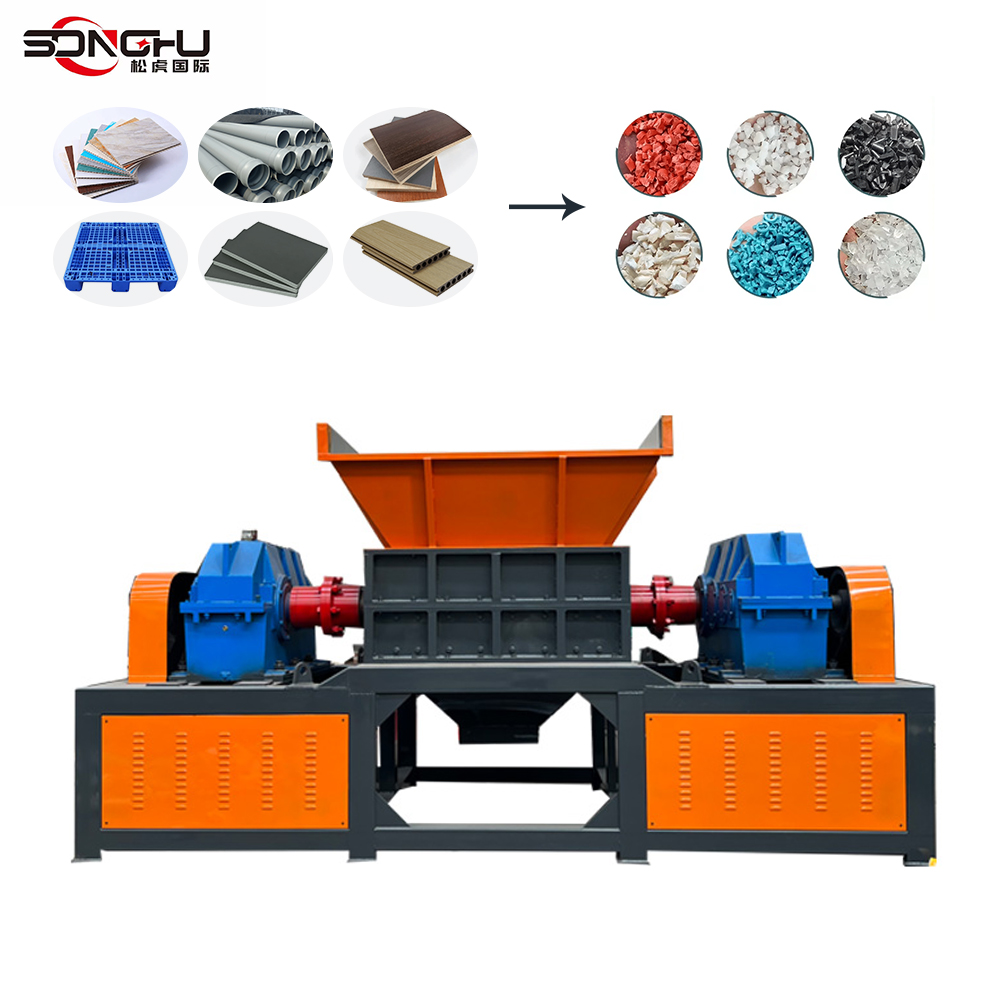- This topic is empty.
-
AuthorPosts
-
23/09/2025 at 16:16 #4731
The recycling and processing of plastic waste have become vital aspects of modern industrial and environmental practice. Among the wide array of equipment used in this sector, the double shaft plastic sheet shredder plays a critical role. Designed to handle tough and bulky plastic sheets, these shredders are engineered for strength, consistency, and durability. However, their powerful cutting action also presents risks if not handled with proper care.
This article provides practical safety guidelines for operating double shaft shredders effectively, combining technical understanding with operational discipline. By focusing on best practices, operators can ensure high productivity while minimizing hazards. Companies like Songhu Xinrui, a specialized manufacturer of PE millers and PVC crusher equipment, contribute significantly to this field by designing machines that are both robust and user-oriented.
Understanding the Function of Double Shaft Shredders
Double shaft shredders differ from single shaft or small-scale crushers in both design and functionality. They use two counter-rotating shafts equipped with cutting blades, which work together to shear, tear, and fragment large plastic sheets into smaller, more manageable pieces.
Key functional features include:
Strong torque generation to handle thick materials.
Overload protection systems that prevent machine damage.
Adjustable output size depending on downstream requirements.
High efficiency in preparing plastic for further processing, such as pulverization or extrusion.
By reducing large plastic sheets into uniform fragments, these machines improve the overall workflow of plastic recycling and resource recovery industries.

Common Hazards During Operation
Operating a double shaft shredder involves potential risks if safety measures are overlooked. Some of the most common hazards include:
Mechanical Injuries: Contact with rotating blades can cause severe accidents.
Entanglement Risks: Loose clothing, gloves, or accessories can get caught in the shafts.
Noise Exposure: Prolonged exposure to high decibel levels may harm hearing.
Dust and Particulates: Fine plastic dust can affect respiratory health if inhaled.
Electrical Issues: Overloaded circuits or faulty connections may cause shocks or fires.
Material Rebounds: Hard fragments may eject unexpectedly during shredding.
Understanding these hazards is the first step toward safe and responsible operation.
Preparing the Work Environment
Before operating a shredder, the work environment must be arranged to minimize risks. Best practices include:
Adequate Space: Ensure there is sufficient clearance around the shredder for safe material handling.
Good Lighting: Proper illumination reduces the chance of operator error.
Ventilation: Install dust extraction or air circulation systems to manage airborne particulates.
Noise Control: Use soundproof enclosures or ear protection for operators.
Clear Signage: Post visible safety instructions and emergency stop locations.
A well-prepared environment allows both workers and equipment to function optimally.
Training and Operator Qualification
Safe operation depends on skilled personnel. Training should cover:
Understanding machine design and functionality.
Recognizing hazards and emergency protocols.
AuthorPostsViewing 1 post (of 1 total)- You must be logged in to reply to this topic.